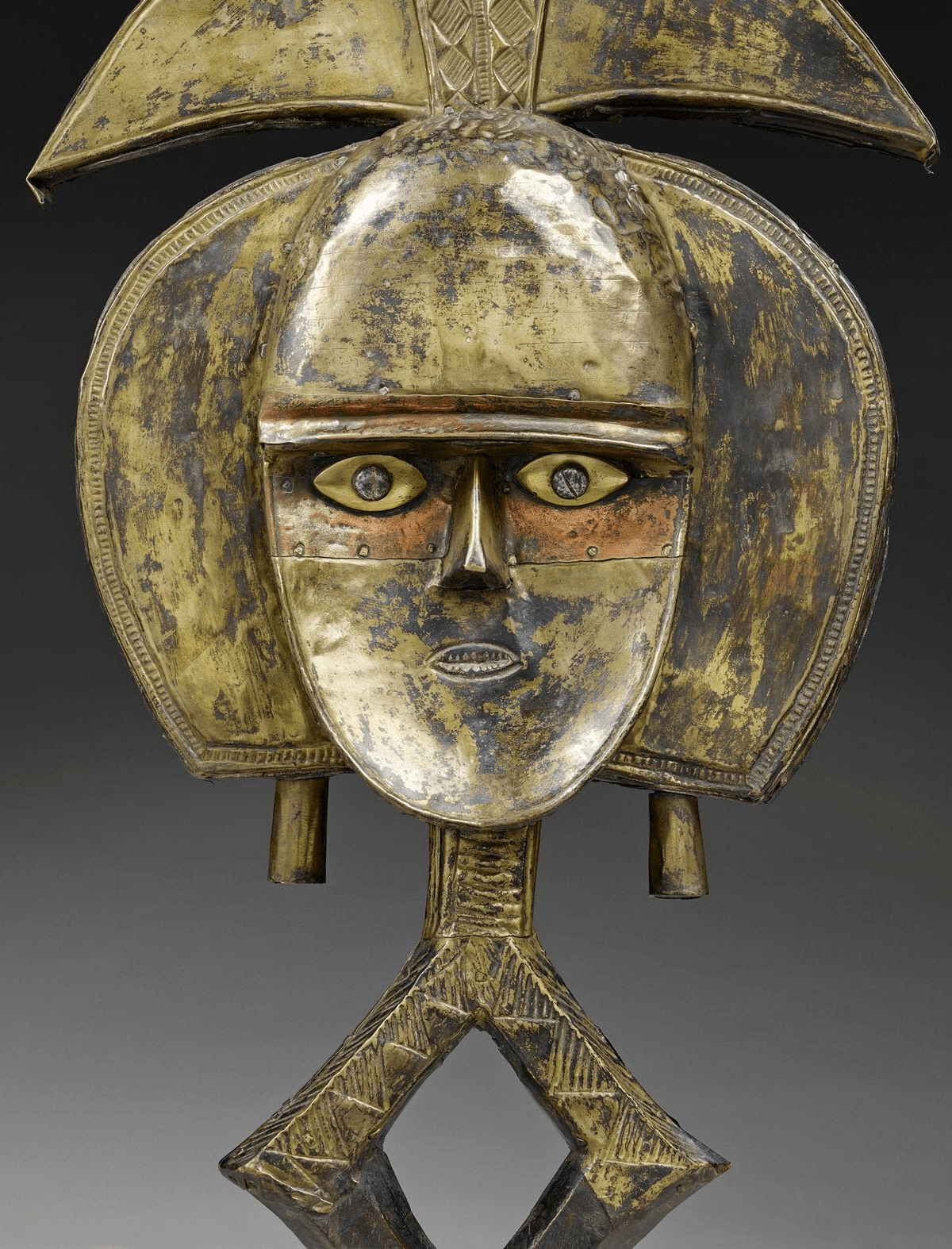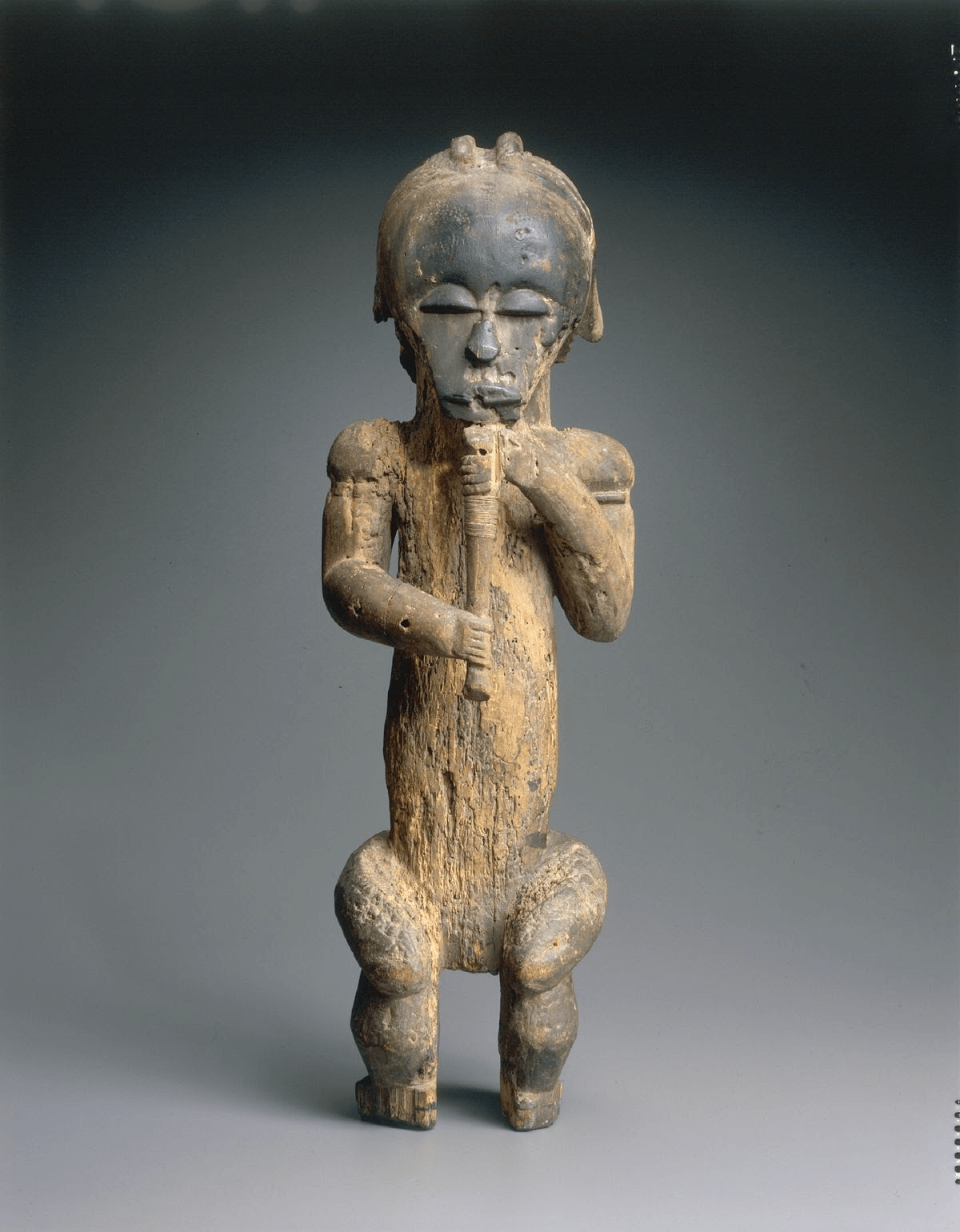Atlantic Equatorial Africa has given African arts some of their most exceptional masterpieces. From the visual power of Fang art to the naturalist elegance of the Punu, some 325 works from this vast region are being brought together for the first time in the exhibition “LES FORÊTS NATALES”. Arts d’Afrique équatoriale atlantique at the musée du quai Branly – Jacques Chirac. This large collection of masterpieces, covering the 17th to the early 20th century, is designed to demonstrate the similarities, transformations and distinctive characteristics of the forms and arts of Atlantic Equatorial Africa, thus presenting an overview of its main artistic styles in a “classic” approach to art history.
> DOWNLOAD THE PRESS KIT <
“LES FORÊTS NATALES”? A poetical choice of words as a nod to Guillaume Apollinaire*, the exhibition’s title refers to the Equatorial forest that forms both a geographic context and a unique natural setting at the origin of the works presented. Covering the south of the Republic of Cameroon and the Republic of Equatorial Guinea, the Gabonese Republic and the west of the Republic of Congo, this cultural area forms the birth place of a creative impulsion inherited from Bantu tradition and embodied in diverse representations that are reflected in two types of objects: statues linked to the cult of the ancestors and masks that express the numerous aspects of the spiritual entities that intervene in the way societies function.
The exhibition draws on the exceptional collection of the musée du quai Branly – Jacques Chirac, one of the richest in this field, and is supplemented by emblematic and often unique works conserved in public and private collections from Europe and North America. This exhibition has enabled the musée du quai Branly – Jacques Chirac to carry out various scientific analyses on a body of works from Atlantic Equatorial Africa, shedding new light on the methods- of production and composition of works from this region.
The exhibition itinerary reflects the movement of the populations of Atlantic Equatorial Africa since the 14th century, from North to South. It underlines the major stylistic elements, presented in four sections: North, East, Central, and South Atlantic Equatorial Africa.
* Verse taken from the poem Les Fenêtres by Guillaume Apollinaire,who placed great emphasis on the arts of Africa and Oceania in the early 20th century, notably by expressing his desire for non-European masterpieces to be given the same status as the finest specimens of Western statues.
The statues of ancestors and reliquary figures of the Fang (North Atlantic Equatorial Africa, first section of the exhibition) and Kota (East Atlantic Equatorial Africa, second section of the exhibition) are some of the most emblematic works of traditional African sculpture.

Ancestor figure, Kota reliquary keeper. 19th century © musée du quai Branly – Jacques Chirac

Ancestor statue, Fang reliquary keeper. 19th century © musée du quai Branly – Jacques Chirac






